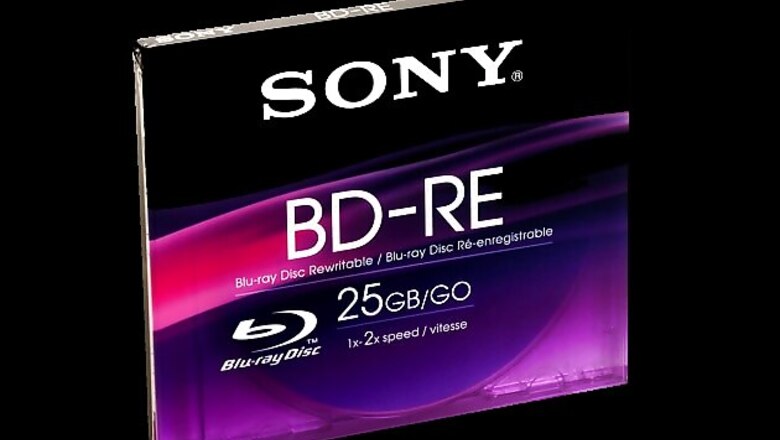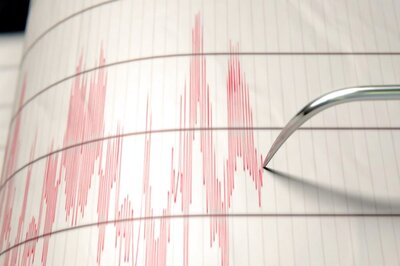
views
When it comes to Blu-ray discs, most of us are usually only aware that it is an optical disc storage medium, which is a step a head of DVDs, and can store a large amount of data. The disc can enable recording, rewriting and playback of high-definition videos (HD). But there's more to know. Here are some Blu-ray facts that we think we should all know:
1. The name Blu-ray has been derived from the underlying technology, which utilises a blue-violet laser to read and write data.
2. Its correct abbreviation is BD, not BR or BRD.
3. The format offers more than five times the storage capacity of traditional DVDs. A single-layer disc can hold 25GB, while a dual-layer disc can hold 50GB of data.
4. The spelling of "Blu-ray" is not a mistake, the character "e" was advertently dropped so that the term could be registered as a trademark.
5. Over 9 hours of high-definition (HD) video can be stored on a 50GB disc, and around 23 hours of standard-definition (SD) video can be fit on a 50GB disc.
6. The Blu-ray disc shows high-definition movies up to full HD 1080p resolution, while a DVD shows standard-definition movies up to 480p resolution.
7. The wide acceptability of the Blu-ray disc format was not easy, as there was another competitor in the fray. Blu-ray and HD DVD are two formats, which competed to come as the next generation high-definition DVD format to replace standard DVD. A format war reminiscent of the VHS vs Betamax battle of the 1980s. Blu-ray and HD DVD players were made commercially available starting in 2006. But in early 2008, a point came when several studios and distributors shifted to Blu-ray disc. As a result, on February 19, 2008, Toshiba, the then chariman company for the HD DVD Forum, abandoned the format, announcing it would no longer develop or manufacture HD DVD players or drives, thereby ceding the format war to Blu-ray.




















Comments
0 comment